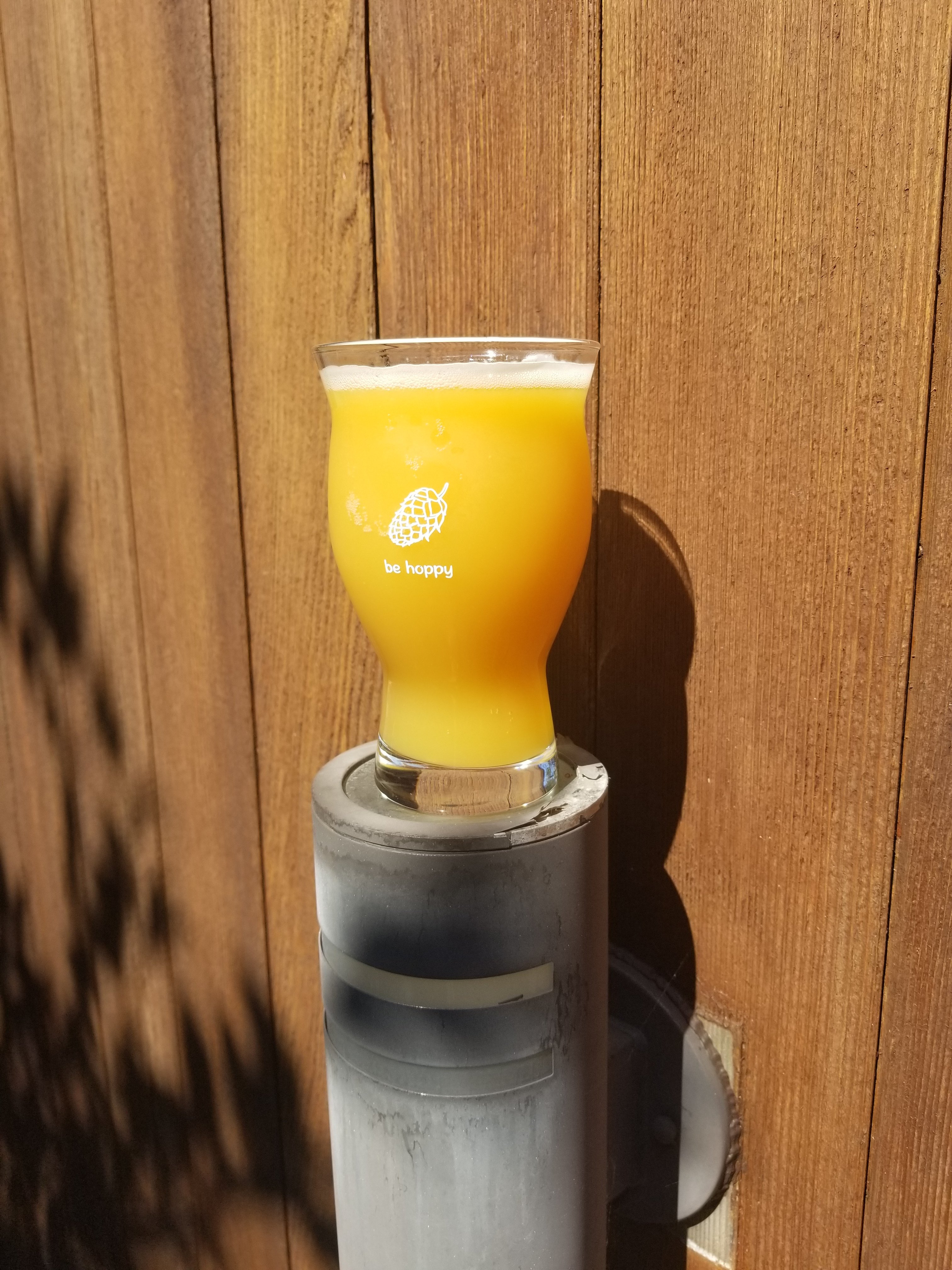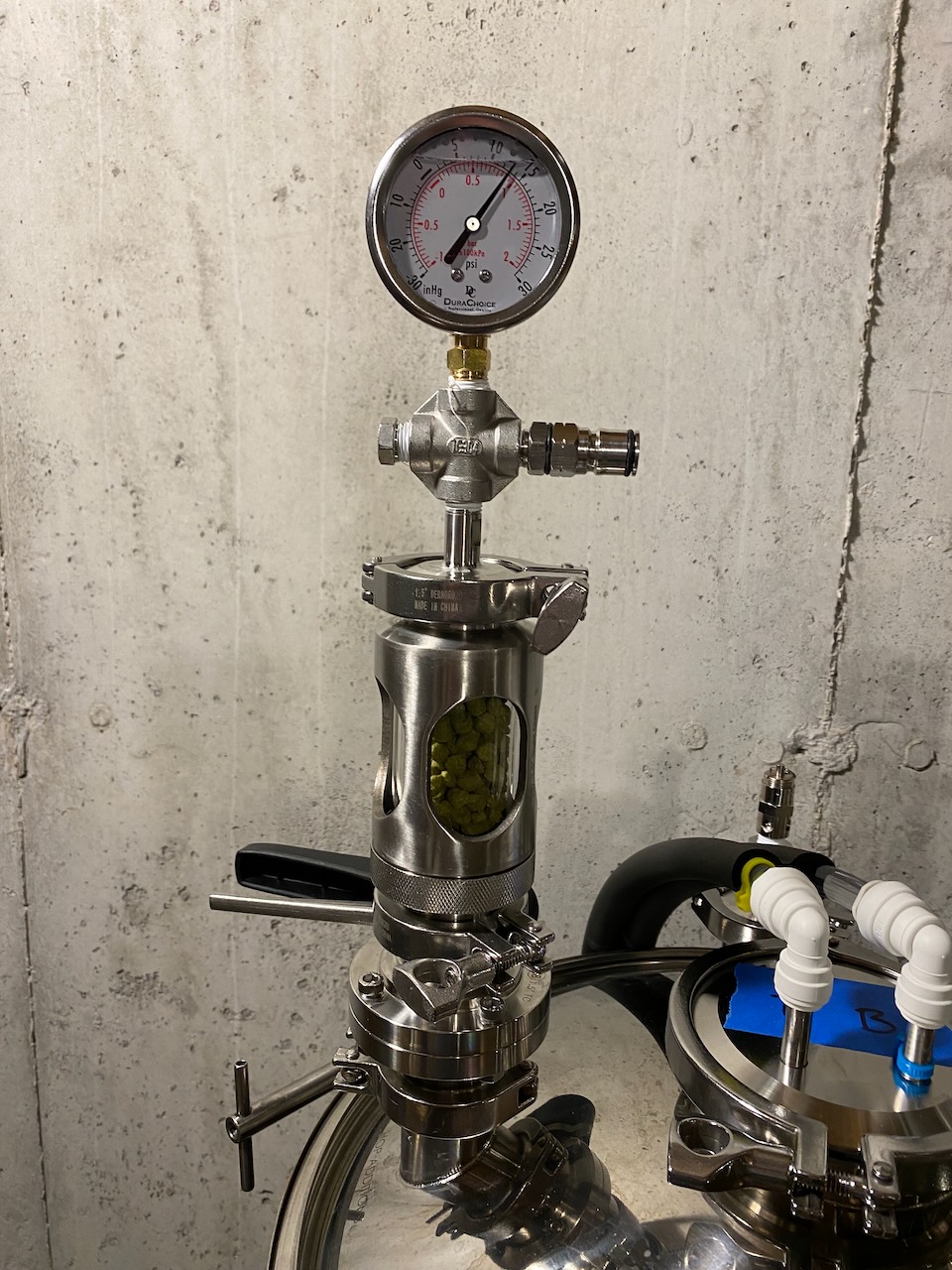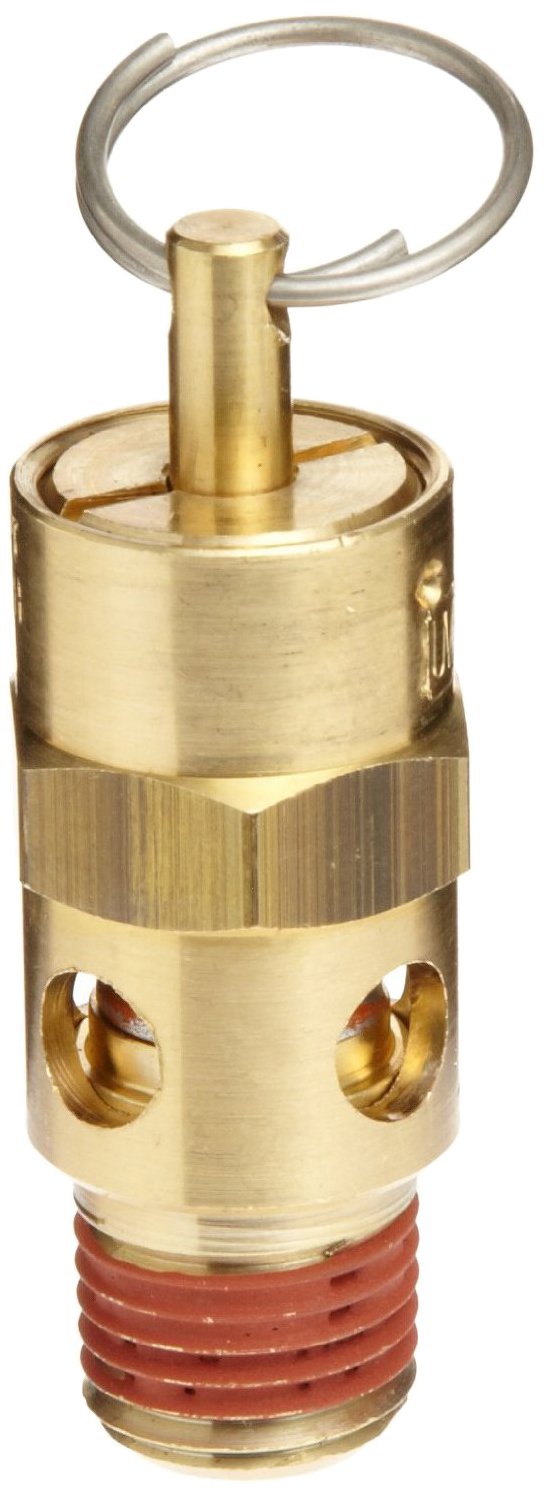The picture below is a prime example of why I no longer DH in the conical. This is at 10days with my NEIPA. I have 10oz of DH sitting in the keg with hop spider sitting in the keezer. Bet it didn’t take a quart of wasted beer to get down below the pick up tube. If I had dry hopped in the conical it take probably at least a gallon of waste to get the beer low enough to transfer to the keg. I will crash this around 55 for 24 hours before transferring to the DH keg.
I just got my CF5 and haven't even used it yet. So looking at the picture, what exactly is the issue here, I don't get it? Why not dry hop in the conical?






























![Craft A Brew - Safale BE-256 Yeast - Fermentis - Belgian Ale Dry Yeast - For Belgian & Strong Ales - Ingredients for Home Brewing - Beer Making Supplies - [3 Pack]](https://m.media-amazon.com/images/I/51bcKEwQmWL._SL500_.jpg)





















